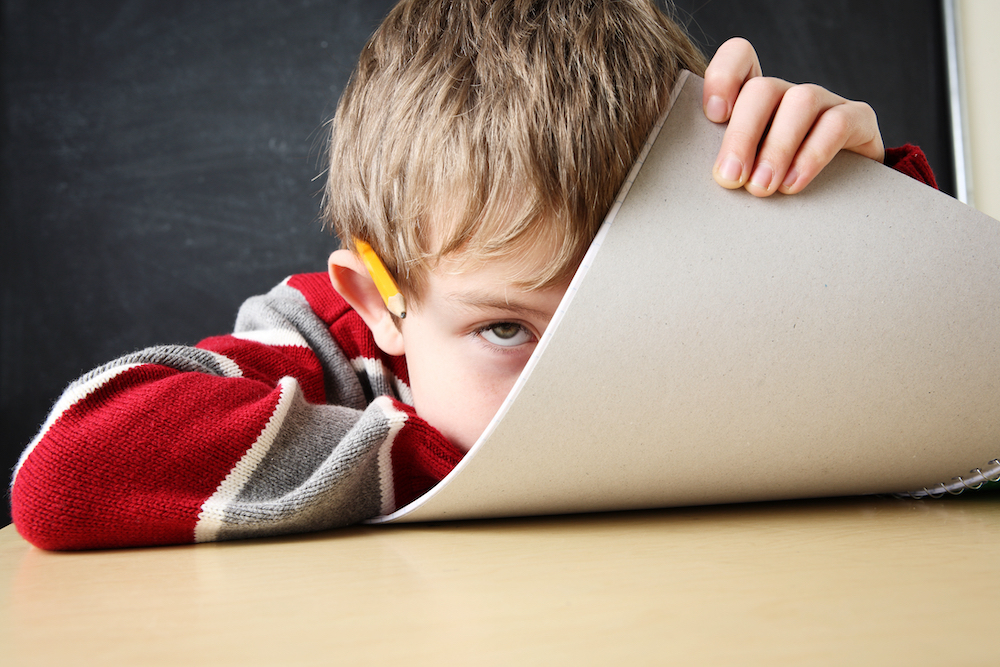
ADHD creates several challenges for children living with the condition. Parents of children suffering from this condition must learn as much as they can about it, as it ensures that they give their children support.
The disorder can cause significant issues for them at home and in school and can cause them frustration since they have trouble regulating their emotions. Understanding ADHD in children is one of the best things you can do to help them achieve their developmental milestones.
What is ADHD?
Attention deficit/hyperactivity disorder is a common neurodevelopmental condition in children. It can last into adulthood, and as the name suggests, it causes problems with paying attention. The child also has trouble controlling impulsive behavior—they act without thinking or are overly active.
Signs and Symptoms
It is usual for children to have trouble focusing from time to time. However, the symptoms continue in children with ADHD. These symptoms include:
Talking too much
Fidgeting
Forgetting and losing things
Difficulty getting along with others
Taking unnecessary risks
Making careless mistakes
Trouble taking turns
Daydreaming a lot
These symptoms correspond to different subtypes of ADHD and may continue into adulthood.
Types of ADHD
There are three subtypes of ADHD, each with corresponding symptoms. Diagnosing if a child has ADHD requires the symptoms to present for at least six months. The symptoms must also be disruptive, outside the scope of their developmental stage, and should be on a greater level than they usually do in children. The subtypes of ADHD include:
Predominantly Inattentive Presentation
In this subtype, the individual has difficulty organizing and finishing tasks. They cannot pay attention to details and are forgetful of everyday routines. They do not follow or listen during conversations, heed instructions, and are easily distracted.
Predominantly Hyperactive or Impulsive Presentation
These children have difficulty sitting still to eat a meal or do their homework. Younger children are constantly jumping, running, or climbing. They are always fidgeting and have trouble waiting their turn. They are also impulsive, restless, interrupt others, and excessively talkative. Their impulsiveness causes them to have injuries and cause accidents more than other children.
Combined Presentation
These children present with all the symptoms of the two subtypes above. They have inattentive and hyperactive or impulsive symptoms. It is also important to note that combined presentation is the most common of the subtypes. However, hyperactivity tends to reduce as the child grows older.
Effects of ADHD on Children
ADHD causes children to experience a broad spectrum of emotions. They feel out of control, lost, and restless. The disorder is overwhelming and frustrating and may cause the child to disconnect. Children who have ADHD can have challenges in all areas of their lives.
They have difficulty finishing schoolwork and may disrupt lessons, resulting in disciplinary actions. They struggle with making friendships and exhibit developmental delays. However, there are behavioral interventions that parents can learn to help their children cope.
For more information on ADHD, visit Bagnell Brain Center at our Pinecrest, Florida office. You can call (305) 889-7488 to schedule an appointment today.











